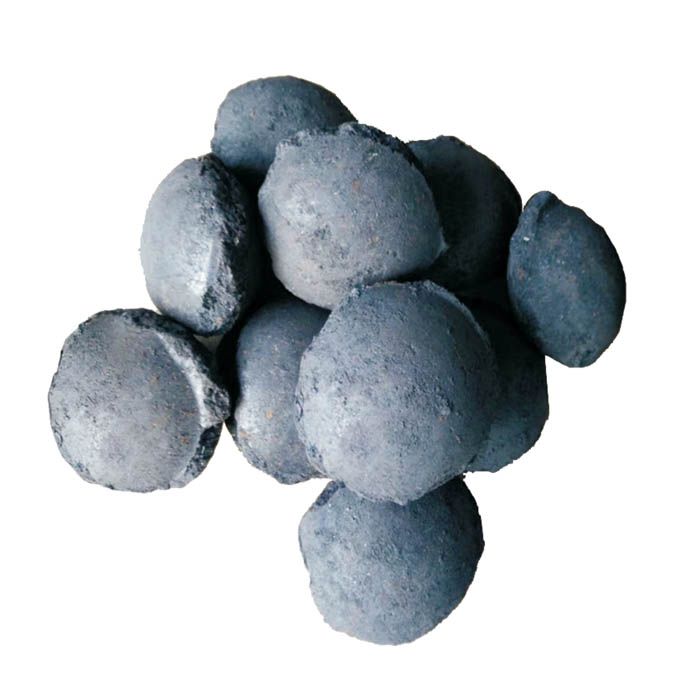Sep . 30, 2024 08:37 Back to list
China's Steel Production Techniques and Innovations in Ladle Metallurgy
The Role of Ladle Steelmaking in China’s Steel Industry
China, as the world's largest steel producer, plays a pivotal role in the global steel market. At the heart of its steel production processes is ladle steelmaking, a critical method that enhances the quality, efficiency, and sustainability of steel manufacturing. This article will explore the significance of ladle steelmaking in China, its processes, advancements, and its impact on the overall steel industry.
Understanding Ladle Steelmaking
Ladle steelmaking is a secondary refining process that takes place in a ladle, a large vessel used to hold molten steel. After initial steel production in a furnace, the molten steel is transferred to the ladle, where various treatments are applied to refine its composition and remove impurities. The ladle process enables the adjustment of the chemical and physical properties of steel, allowing for the production of high-quality steel alloys tailored for specific applications.
The Process of Ladle Steelmaking
The ladle steelmaking process involves several key steps, including the addition of alloying elements, desulfurization, deoxidation, and temperature control. During this process, various materials, such as ferroalloys and fluxes, are added to the molten steel to achieve the desired chemical composition. Additionally, techniques such as vacuum degassing and argon stirring are employed to remove gases like hydrogen and nitrogen that can affect the steel's properties.
One of the recent advancements in ladle steelmaking in China is the incorporation of digital technology and automation. By utilizing data analytics and artificial intelligence, steelmakers are now able to optimize processes, improve consistency, and achieve better quality control in real-time. This move towards smart manufacturing not only enhances productivity but also minimizes energy consumption and environmental impact.
china ladle steel making

Environmental Considerations
As the industry faces increasing pressure to reduce carbon emissions, ladle steelmaking in China is adapting to meet sustainability goals. The implementation of energy-efficient technologies and practices, such as using renewable energy sources and recycling by-products, has become more prevalent. Moreover, the permissible levels of emissions have been tightened, encouraging steelmakers to innovate and enhance their environmental footprint.
China has made significant strides in its efforts to comply with international environmental standards. The government has put forth initiatives aimed at reducing pollution and promoting the use of cleaner production technologies. As a result, many steelmaking facilities are upgrading their ladle processes to not only improve product quality but also adhere to these stringent regulations.
The Future of Ladle Steelmaking in China
Looking ahead, ladle steelmaking in China is poised for further transformation. With ongoing investments in research and development, the industry is likely to see enhanced methods of steel production that prioritize both quality and sustainability. The adoption of new materials and innovative technologies will enable Chinese steelmakers to maintain their competitive edge on a global scale.
In conclusion, ladle steelmaking is an essential component of China's steel industry, contributing significantly to the production of high-quality steel. As the sector navigates the challenges of modern manufacturing and environmental sustainability, the continuous evolution of ladle processes will be crucial. With technological advancements and a commitment to greener practices, China’s steel industry is set to thrive, ensuring its leadership in the global market while promoting a more sustainable future.
-
Eco-Friendly Granule Covering Agent | Dust & Caking Control
NewsAug.06,2025
-
Fe-C Composite Pellets for BOF: High-Efficiency & Cost-Saving
NewsAug.05,2025
-
Premium Tundish Covering Agents Exporters | High Purity
NewsAug.04,2025
-
Fe-C Composite Pellets for BOF | Efficient & Economical
NewsAug.03,2025
-
Top Tundish Covering Agent Exporters | Premium Quality Solutions
NewsAug.02,2025
-
First Bauxite Exporters | AI-Optimized Supply
NewsAug.01,2025
